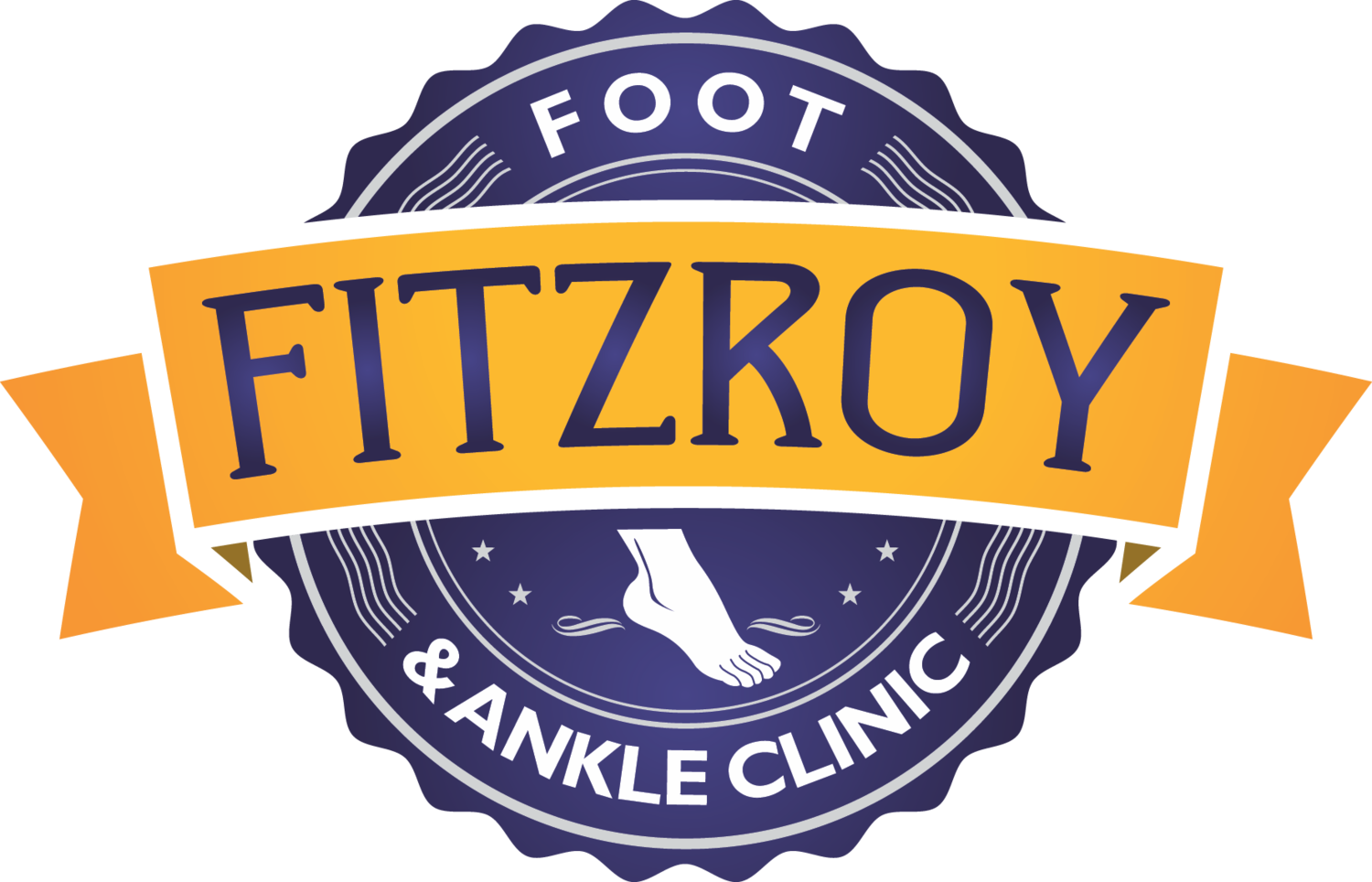Concern for a child toe-walking is a common reason that parents consult a podiatrist or other health professional. Children who toe-walk usually fall into one of four broad categories:
Neurological conditions such as cerebral palsy;
Autism spectrum disorder;
Clubfoot;
Idiopathic (meaning no definable cause) toe-walking.
The first three categories are usually picked up in early childhood, however toe-walking may be one of the first clues for autism spectrum disorder. Children with autism spectrum disorder may prefer to walk on their toes as they receive less feedback when only a small part of their foot (i.e. their forefoot) is touching the ground. Children are placed in the final category, idiopathic toe-walking, once the first three categories have been excluded.
Idiopathic toe-walking
This is the most common cause of toe walking, with idiopathic meaning that there is no definable cause. Often, children will walk on their toes out of habit or a preference to walk this way. After toe-walking for a long time, children may experience shortening of the calf muscles, and it is also important to consider the social or emotional impact of toe-walking on the child.
Treatment usually focuses on encouraging the child to walk on their heels through games, certain footwear, plus stretches to lengthen the calf muscles. Often the toe walking will reduce with age, however in some cases more invasive interventions are required including botox injections, casting or bracing, or surgery.
If you are concerned about a child that is toe-walking, The Podiatrists at Fitzroy Foot and Ankle Clinic are experienced in assessing and managing this condition.

